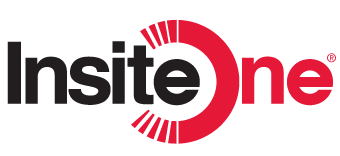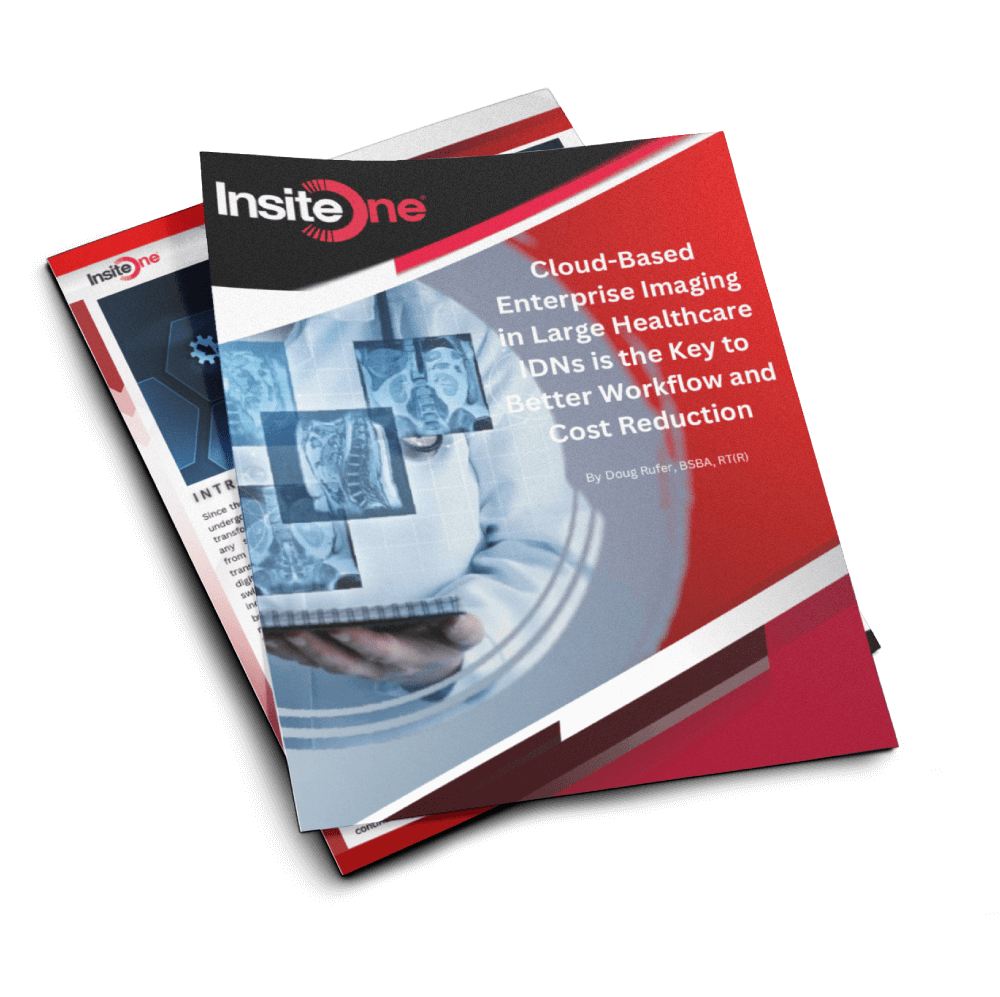The Exodus of Radiologists from Large to Small Groups

Change is in the Air
The landscape of radiology is experiencing a notable transformation marked by a significant trend of radiologists departing from large radiology groups to join smaller, more independent groups and practices.
At the heart of this movement lies a complex interplay of factors, each contributing to the changing dynamics of the radiology profession and pushing practitioners to reevaluate their career trajectories. Chief among these driving forces is the rising incidence of burnout. Additionally, the rapid advancement of technology is another major factor. Not only has technology revolutionized diagnostic imaging but new avenues for improving practice management and remote work opportunities are much more prevalent. Finally, new healthcare models have evolved, such as value-based care. Add to that personal, financial, and professional satisfaction and one can begin to understand the shift. But these changes present new challenges and opportunities for today’s radiologists.
Burnout: A Leading Factor
Burnout is probably the number one factor that drives radiologists to smaller groups and practices. The demanding nature of their job, which includes long work hours, excessive patient volumes, and the psychological strain associated with interpreting complex medical images, can lead to feelings of exhaustion and dissatisfaction. Many radiologists find themselves overwhelmed by the pressures of their roles.
In contrast, smaller radiology groups frequently provide a more relaxed and supportive work environment. This allows radiologists to achieve a better work-life balance. Plus, smaller practices tend to have fewer administrative burdens. This enables radiologists to dedicate more time to patient care, which ultimately leads to improved job satisfaction.
Technological Advancements
Technological advancements like cloud computing, the growth of artificial intelligence (AI), new advanced workflow orchestration and reporting solutions that incorporate AI, are all reducing the burden for today’s radiologists by allowing them to work faster and more efficiently with greater accuracy. However, even with these impressive advancements, feelings of job insecurity and anxiety can still affect radiologists’ mental well-being, as many worry that they will be replaced by machines (although that scenario is highly unlikely).
Larger radiology practices may have the financial ability to invest in new technologies but are often heavily invested in long-term arrangements with early vendors they partnered with. This may lead to spending less on new technology adoption, often staying with solutions offered by their preferred partners. Smaller groups often do not carry legacy relationships, making technology adoption much more agile.
Changing Healthcare Landscape
The shift towards value-based and patient centric care models, as well as population health management initiatives has introduced new challenges (such as increased pressures to reduce costs and improve overall efficiency) for radiology groups and may have a bearing on their desire to join smaller groups. Smaller practices may be better equipped to navigate these on-going changes, as they typically possess more flexibility to tailor their services to meet the specific needs of their communities. This adaptability can lead to improved patient outcomes and greater satisfaction for both patients and providers.
Financial Considerations and Professional Satisfaction
It may seem counterintuitive but smaller organizations may offer higher earning potential for radiologists. Besides competitive salaries, providing a “skin in the game” financial approach, these smaller organizations provide a financial stake in the business as it begins to grow and this offers a better correlation between work effort and financial rewards.
Smaller organizations may also be more open to pursuing new revenue opportunities while expanding the services they offer. Using profits from these new ventures may be used to invest in new cutting-edge technology or new service lines. Furthermore, physicians in smaller practices often have a personal stake in the overall growth of the group, providing them with a vote in new avenues the business is taking. This helps to improve their overall satisfaction with the company they work for and encourages creative contributions to elevate their group competitively.
Professional satisfaction derives from more autonomy the members are often afforded in smaller groups. Instead of adhering to strict rules implemented to provide consistency and scale, the desire to provide more personalized clinical decision-making while implementing best practices with fewer constraints is rewarding to many radiologists. Better work life balance, improved care teams, reduced administrative burdens, and flexible work options all lead to higher professional satisfaction that smaller groups often provide.
Changing Market Dynamics
Radiology has evolved from a fee-for-service model to new care models like value-based care, opening the door for radiologists to expand their professional duties. Radiologists are becoming more focused on being the “physician consultants”, or the doctor’s doctor. Increasing consultations decreases the time radiologists have for reading new studies. But providing clinical consultations improves their value to healthcare organizations and leads to better patient outcomes. When radiologists are part of a patient’s clinical care team, better collaboration results in better care pathways, further improving patient outcomes.
As these shifts continue, the need for even more subspecialty expertise and adaptive care models will continue to grow, making the smaller practice more agile to champion and adopt these changes.
Weighing the Pros and Cons
While the trend towards smaller radiology groups is gaining momentum, it is essential to recognize that there are still advantages to working within a large group. Benefits like access to advanced technology, greater financial stability, and opportunities for specialization are just a few reasons some radiologists will choose to stay with larger groups. Large groups often have more resources to invest in cutting-edge equipment and provide comprehensive training. However, many radiologists may still desire more autonomy and personal stake in their group, driving them to leave the large groups in favor of a more fulfilling and rewarding career at a smaller group.
What Do You Think?
The exodus of radiologists from large groups to smaller practices is a multifaceted phenomenon driven by a multitude of reasons, as mentioned in this blog. Smaller practices may offer a more supportive work environment, greater autonomy, and the flexibility to adapt to new challenges, while large groups provide financial stability, valuable resources and opportunities for growth. The appeal of smaller, independent practices is becoming increasingly attractive to radiologists seeking a more balanced and satisfying professional life. As this trend continues, it will be interesting to observe how the dynamics of radiology continues to evolve and how both large and small groups adapt to meet the needs of their practitioners and patients alike.
InsiteOne Provides the Foundation
InsiteOne has evolved as a vendor that supports the workflow and technology needs of smaller radiology practices. By offering a comprehensive, yet cost effective suite of workflow solutions, InsiteOne is paving the way to help this new breed of smaller radiology practices grow and flourish.
Our cutting edge, cloud-native PACS and RIS are designed for imaging centers and high throughput teleradiology practices, while adding our comprehensive suite of partner solutions (such as a radiologist digital cockpit by NewVue, advanced AI reporting tools from RADPAIR, and revenue cycle solutions from Imagine Software). The combination of these cutting edge and customizable solutions work together to drive greater efficiency, speed, and accuracy like never before. Even better – we do this at a cost that makes sense for the smaller group or practice.
As your organization continues to evolve, consider speaking with our expert consultants at InsiteOne. We’re here to help you plan and design the right future-proof technology infrastructure to propel your business forward, streamline your operations, and give you the necessary tools to elevate patient care.





